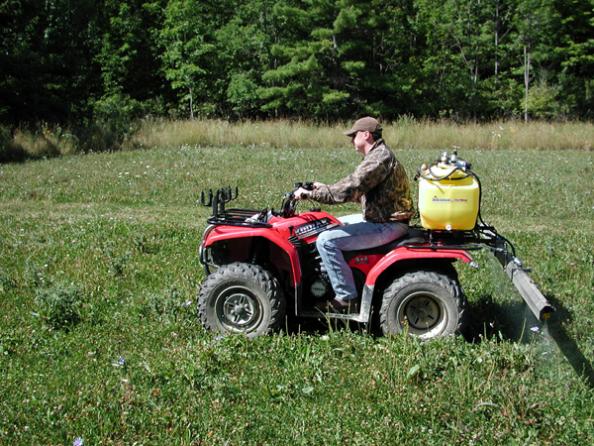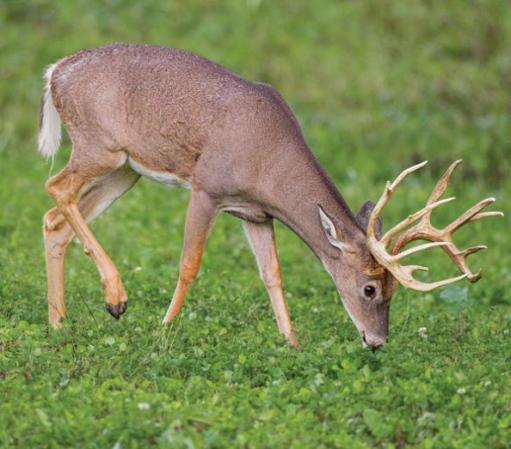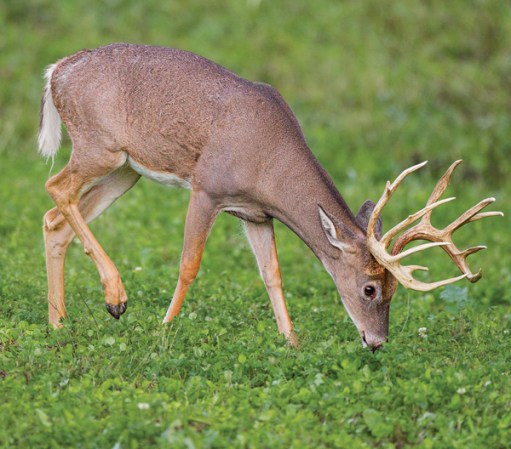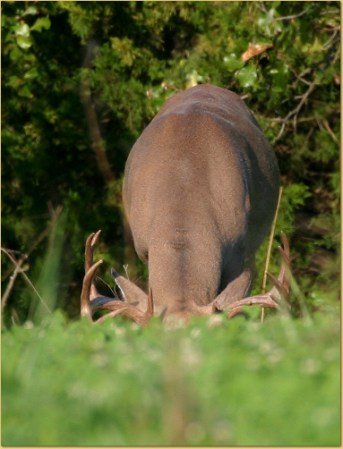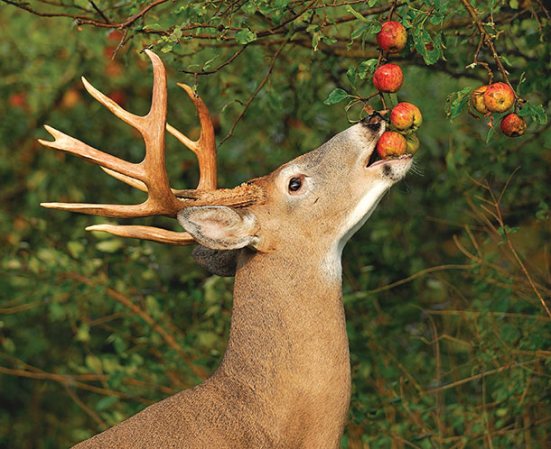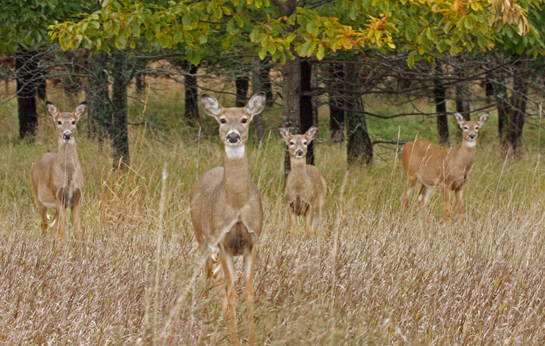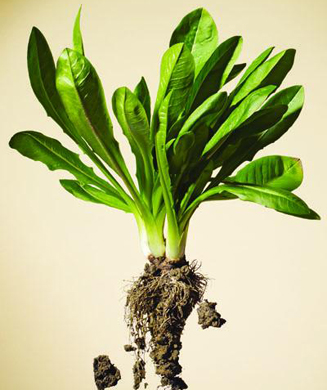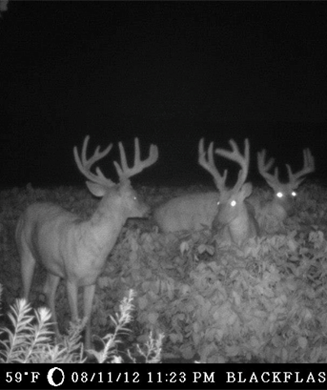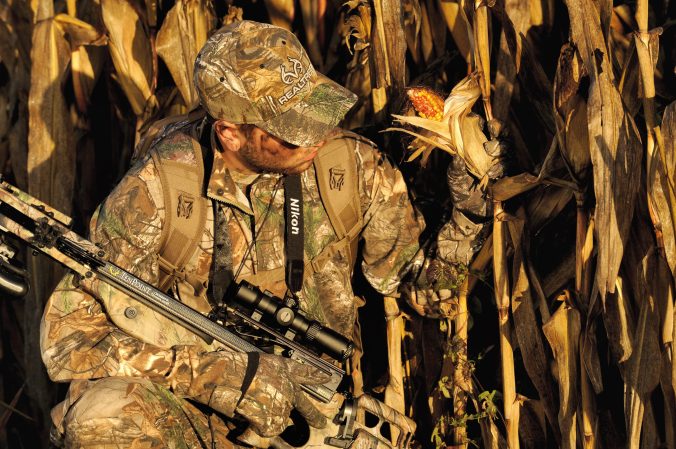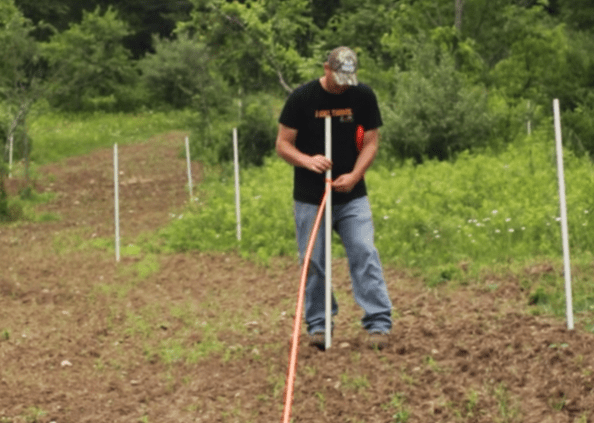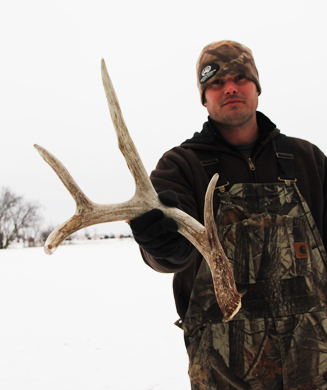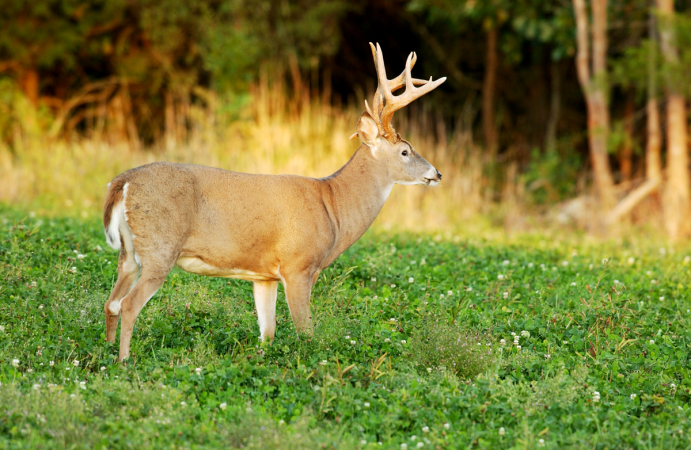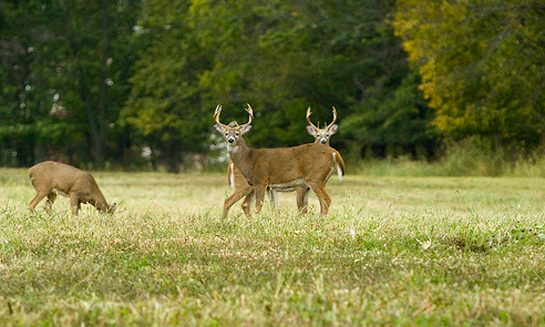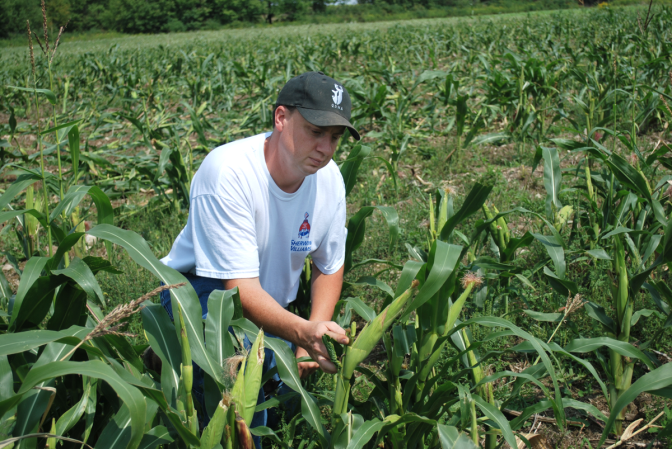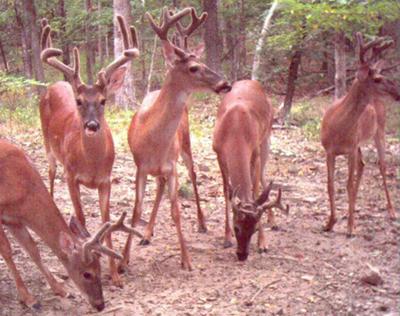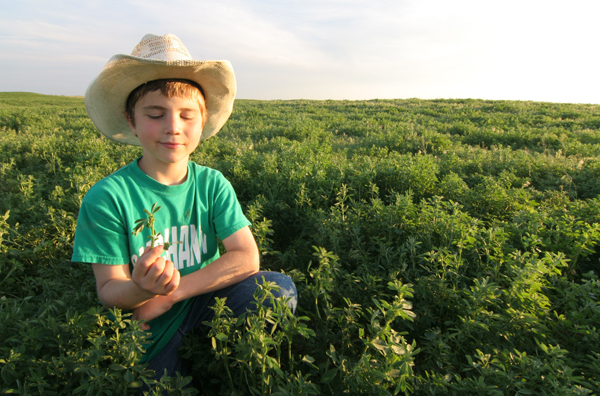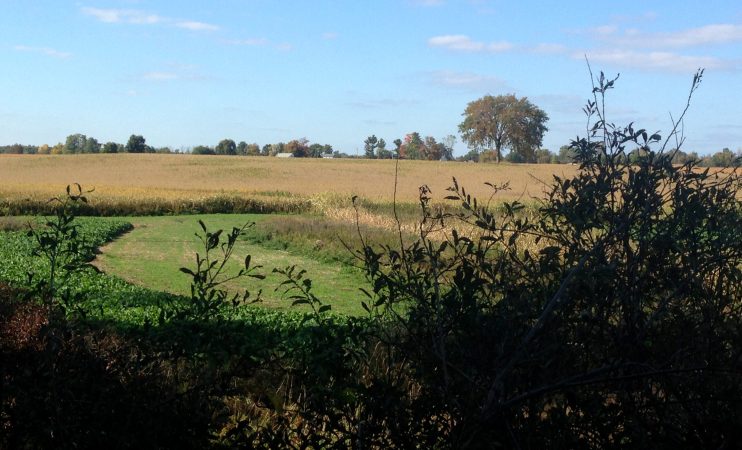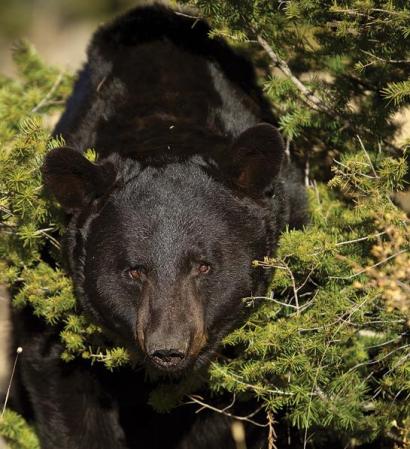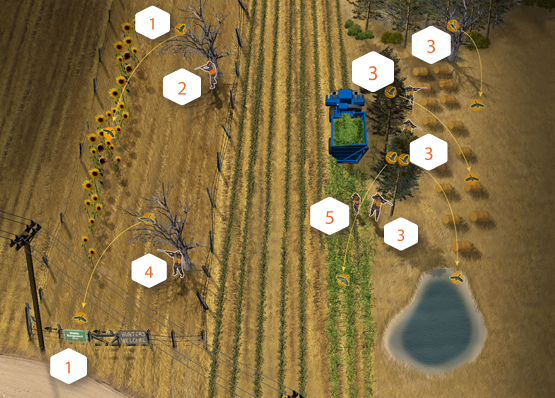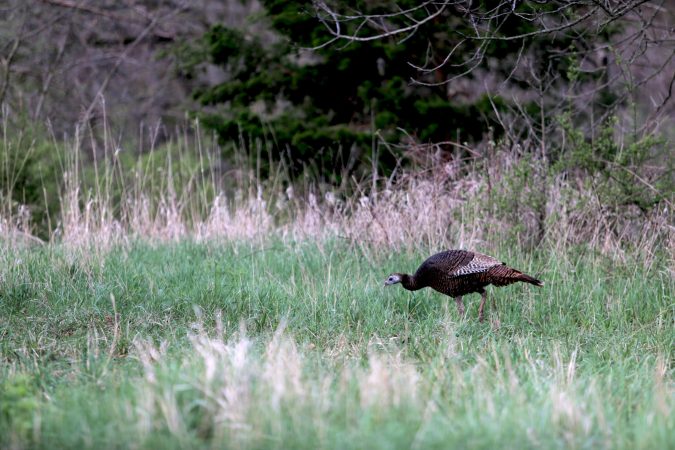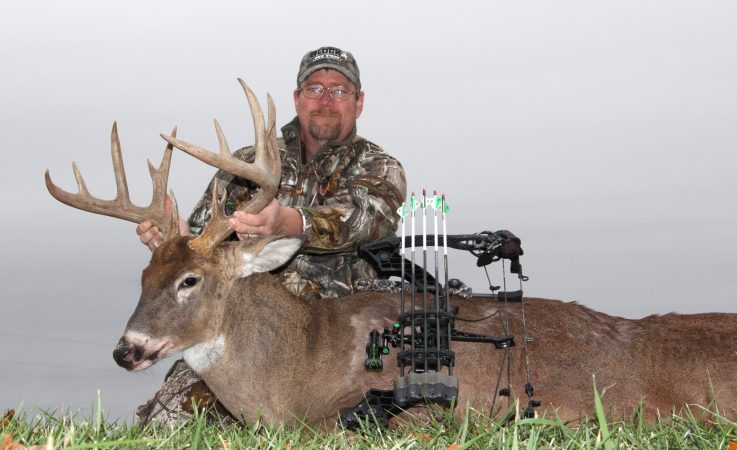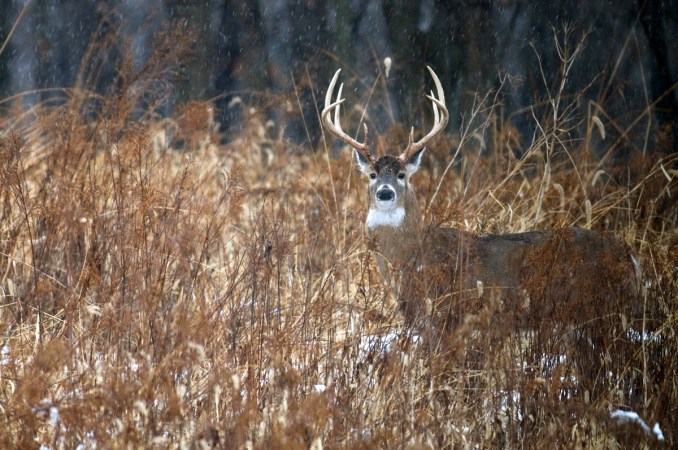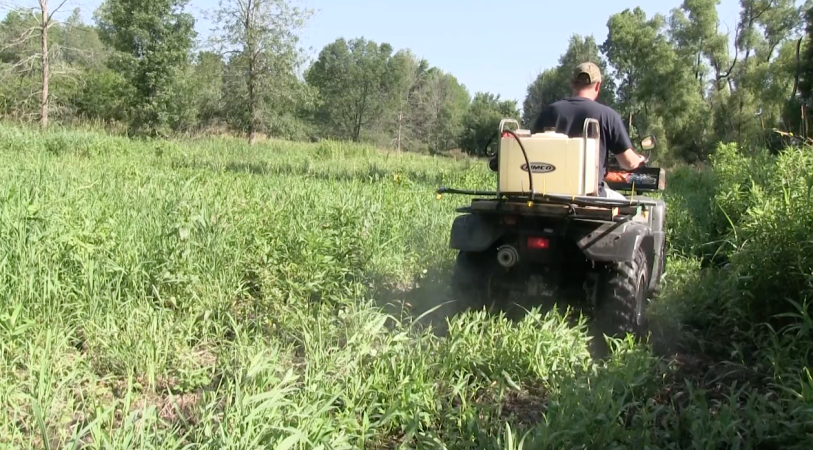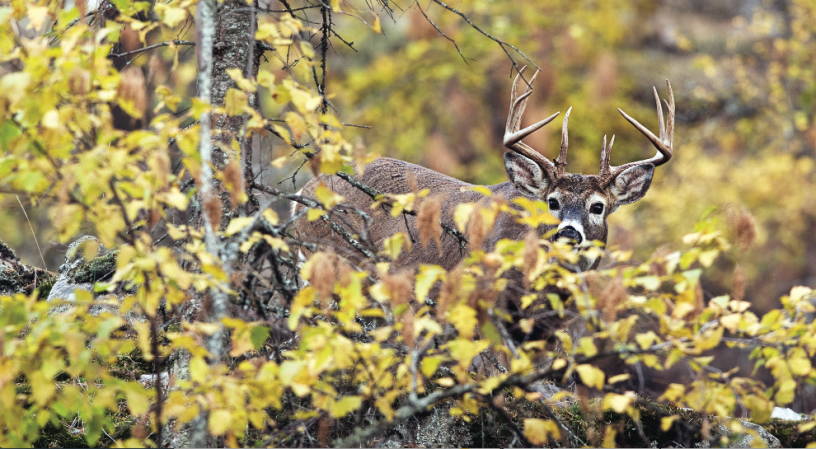In about 90 days, much of deer country will have its first frost. And believe it or not, you need to start preparing fall food plots now. If you live in the North and are planting brassica, it should be in the ground in early August. This means cleaning up your planting site and getting rid of weeds now.
Weeds are bad for fall food plots; real bad. They make seeding a messy, hit-or-miss proposition. Weeds crowd out freshly germinated plants and rob desirable deer forages of food, water, and sunlight. Late summer weeds and grasses are public enemy #1 when it comes to fall food plots.
The easiest way to rid a food plot site of weeds and unwanted grasses is to spray the entire plot site location with a 2 percent glyphosate solution (Roundup). The best time to spray is at least 2 weeks before preparing a seed bed for planting which is now in the North and shortly thereafter if hunt anywhere other than the deep south.
Spraying now will give weeds plenty of time to die and make it much easier to prepare a nice even seed bed for planting in early August. It will also give you time to identify any areas that the sprayer missed and allow you a second shot if needed. If you are going to plant in August, and you only have weekends to work, you had better be spraying next weekend or the weekend after. Glyphosate-treated plants typically begin to brown in 7 to 10 days. In 2 weeks you will clearly see what you have hit and what was missed. You can then go back and re-spray the missed areas and work the site a few days later.
Just about any type sprayer will work, I’ve used them all. We do our 3-acre to 5-acre fields with a 250 gal. tractor rig., and we like 25 gal. ATV sprayers for smaller plots. We’ve also done plenty of spraying with backpack sprayers.
The trick is to keep track of what you have sprayed and make sure everything growing in the area gets a good dose of glyphosate; this requires careful attention to detail. Spraying is not a random procedure and is best done systematically. You generally start at one end of a plot, spray to the opposite end; reverse ground and spray another swath on the way back. Anyone who has mowed a lawn (in straight lines) will know how to do it.
It’s important to follow manufacturer’s directions when applying herbicides like glyphosate but generally speaking you will be mixing 2 oz. of chemical for every gallon of water. Adding an equal amount (2 oz.) of crop oil (surfactant) for every gallon of water will ensure better adhesion and a surer kill and allow you to better keep track of where you have sprayed.
If you are anti-chemical, you can get out your hoe or hand cultivator, but dicing out weeds is definitely the long way around the block. Whatever path you take, the time to start is now. Weeds have their place, in a wildlife habitat program, but it is definitely not in fall food plots.
